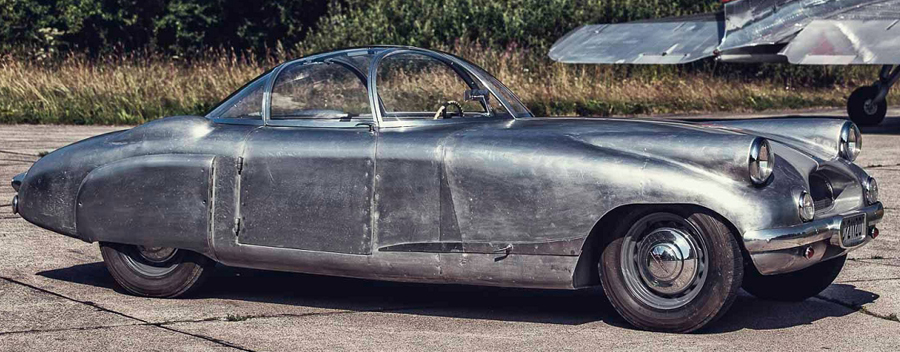
1951 Rally Sports Car (Norway) Built By Ralph Lysell
Hi Gang…
The postwar years were an exciting time of regrowth and opportunity, and part of this energy went into creating the new postwar sports car. Smaller, more sleek and often more powerful, sports car designs were being developed in Europe and America at a feverish pace. And if it wasn’t enough for designs being prototyped and produced by automobile manufacturers, there were individuals such as Norway’s Ralph Lysell who wanted to bring their own design to the public too.
I first heard of the Lysell sports car about 15 years ago as images and short stories were shared by my friends overseas. But it wasn’t until its current owner, Eirik Bøle of Norway, acquired the car and began steering it toward its proper restoration that additional history began to surface. By 2012, Eirik finished the restoration of the Rally and kept the body in its aluminum skinned form. Check out the photo above – it inspiring! And who couldn’t love that bubble top finish.
Good friends Sondre Kvipt of the Kustorama website covered the car in detail and soon after Daniel Strohl of Hemmings ran a story too. Both have allowed us to share this information as well as photos and we very much appreciate their generosity in doing so today. And away we go 🙂
A Bubbletop in Norway: The Story of Ralph Lysell’s Rally Sports Car
Hemmings Motor News: March 28, 2012
By Daniel Strohl
Automotive history is full of visionaries, people who dreamed up advances in engineering, styling, marketing, and performance, then went out and turned their visions into reality. Stockholm native and industrial designer Ralph Lysell, a lesser-known automotive visionary, came to the United States between the wars with dreams of building his own car. After building one streamlined example in the States, he then returned to Europe, where after World War II he made another attempt at building a car, one that he called the Rally. Sondre Kvipt at Kustomrama has done an excellent job of compiling the story of the Rally, and graciously allowed us to reprint it here.
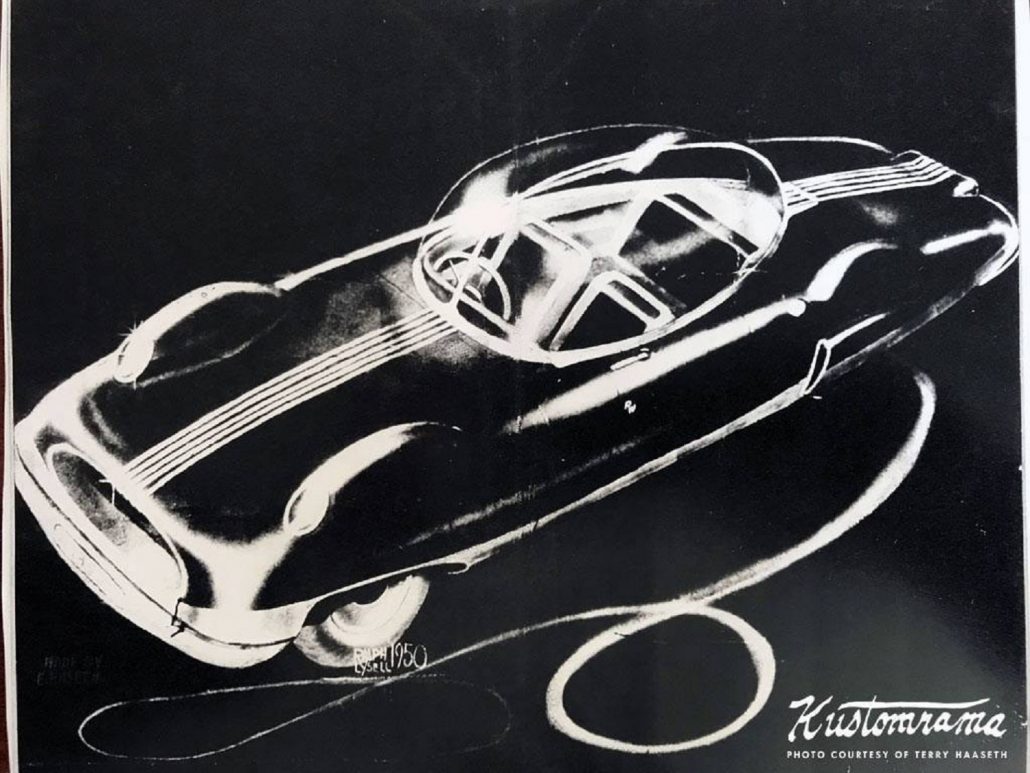 In 1949, Ralph moved to Oslo, Norway. It is not known why he moved to Oslo, but chances are good that he met his Norwegian wife while living in Paris. Ralph was also very interested in new materials, so it could also be the supply of Norwegian aluminum that brought Ralph to Norway. When Ralph came to Norway, he brought with him some sketches of a futuristic automobile in his luggage. After WWII, there were import restrictions on cars and trucks in Norway. The desperate need for cars and trucks was considered a business opportunity for many Norwegian entrepreneurs at the time, and as Ralph was an engineer and an industrial designer with a background from the auto industry, he saw an opportunity to produce and sell Norwegian made automobiles.
In 1949, Ralph moved to Oslo, Norway. It is not known why he moved to Oslo, but chances are good that he met his Norwegian wife while living in Paris. Ralph was also very interested in new materials, so it could also be the supply of Norwegian aluminum that brought Ralph to Norway. When Ralph came to Norway, he brought with him some sketches of a futuristic automobile in his luggage. After WWII, there were import restrictions on cars and trucks in Norway. The desperate need for cars and trucks was considered a business opportunity for many Norwegian entrepreneurs at the time, and as Ralph was an engineer and an industrial designer with a background from the auto industry, he saw an opportunity to produce and sell Norwegian made automobiles.He had plans for a range of cars, including a sports car, a taxi cab and a truck. Ralph started with the sports car. The sports car was called Rally, a name most likely made from Ralph’s own name: RALph LYsell. On January 17, 1951, the citizens of Norway were presented with Ralph’s automotive plans in a story published in the Norwegian newspaper Aftenposten. The story was titled “Experienced Auto-Man Plans Norwegian Production of Taxi-Cabs.” By then he had already started building the Rally prototype at Norwegian Aircraft Industries LTD at Fornebu. Fornebu was the main airport of Norway, located in Oslo.
After a failed attempt at building an airplane in the late 1940s, Norwegian Aircraft Industries LTD were seeking new ventures, looking into the auto industry. Their craft was welding and shaping of aluminum, and during the period 1950-1951 at least four, but maybe even five cars were built at Norwegian Aircraft Industries LTD. Two or three of the cars were in-house projects led by three gentlemen named Eriksen, Hannisdal and Skotvedt. In 1950, the trio even went to Earls Court in London to learn more about the auto industry. Ralph’s Rally was built by Norwegian Aircraft Industries LTD at their facilities, but it was a project run and operated by Ralph.
Ralph’s low-slung sports car featured a streamlined body made mostly from 3mm-thick aluminum plates. As the project progressed, some changes were done to the initial design of the car, and most notable are the more conventional headlights, the shape of the fender skirts and the enlarged front wheel openings. Ralph’s design sketches show that he wanted to fit the Rally with a plexiglas bubble top. Ralph was very fond of bubble tops, and the same cockpit design can be found on a boat and an airplane he designed, as well. Ralph’s sports car featured two gas fillers on each side of the rear deck that were operated by push-buttons on the gauge panel placed in the middle of the cockpit.
He wanted to produce the body and chassis for the production cars in Norway. The engine blocks, clutches, transmissions and rear ends Ralph planned to import from the United States. The prototype was built on a chassis designed by Ralph. The rear end, front suspension transmission and engine were taken from an American Ford or Mercury. According to the newspaper article, the Rally was powered by an English Ford flathead V-8 that had been hopped up from 95 to 160 horsepower. The same story also stated that Ralph wanted to import the engine blocks, clutches, transmissions and rear ends from Germany or England. This was the case for the taxi cabs, but not the Rally.
Later on, in April of 1951, the Norwegian television broadcaster NRK visited Ralph at Fornebu to document the event that was taking place on film. The movie clip is still around, and it shows the Rally powered by a Mercury flathead V-8 engine. The engine had been hopped up featuring dual carburetors. Due to the extensive usage of aluminum, the car weighed supposedly only 870 kg. The commentator in the movie mentions that the car will be fitted with a plastic bubble before it will be shown to the public. The body for a Norwegian made race car called The Stousland Special, was handmade out of aluminum next to the Rally at Norsk Flyindustri in 1951 as well.
Ralph was a visionary, and he told Aftenposten that he wanted to produce 15 Rallys in addition to the prototype in 1951. The reason was that he had already received 15 orders on the car from enthusiasts in Norway and Sweden. Ralph also told the journalist that he planned to start building the taxi prototype later on the same year, as well. The real production for the taxi cab was planned to start in 1952, and he wanted to produce 70 of these the first year. Ralph’s taxi was designed especially for the conditions in Norway, and he wanted the selling price to be below 18,000 NOK.
He wanted the taxi to be powered by an English Ford engine. Just as the Rally, the taxi engine would also feature dual carburetors. These carburetors were specially designed by Ralph, and they were constructed for efficiency and high acceleration in the city. A brand-new steering mechanism would make the car very easy to steer and a specially designed stabilizer would make the car tailored for the narrow and winding roads of Norway. As with the Rally, Ralph wanted to use as much Norwegian aluminum as possible in his taxi cab.
Only one prototype of the Rally was built, and according to a story published in the November 1953 issue of Teknikens Värld, Ralph abandoned his automotive dream to build an aluminum lifeboat called Svelvik, which was designed so it couldn’t tip or sink. It is not known whether or not the Rally ever received a plexiglas bubble top. According to rumors, and there are many rumors about Ralph, the car was good for more than 200 kilometers per hour. Ralph eventually sold the Rally to Paul Wiencke.
As there were problems getting the car through Norwegian inspection, it took some time before it could be driven legally on the streets. On September 4, 1954, the Rally passed inspection, and it received its first set of Norwegian license plates. It received the chassis number VDN 478. VDN, which stands for “VegDirektoratets Nummer,” was a series of numbers created after WWII for homebuilt cars and trailers.
According to the registration-title, the registrant was Jack Roar Rollve of Oslo, who actually worked for the government, inspecting cars. When the car passed inspection in 1954 it was still powered by a Mercury V-8 engine, and it rolled on 6.00-16 inch wheels on all four corners. The total weight, according to the registration-title, was 1,050 kilograms. A month later, on October 7, 1954, the car was sold to Willy Will Gundersen of Oslo.
Johan Megaard bought the Rally in 1959. When Johan bought the car, it was parked on a street in Oslo, and it was in need of some love and care. Johan began working on the car. He repainted it, but he never got it back on the road again; so in 1963, he sold it to his good friend, Roger Glans, of Halden, Norway. Roger installed a rear window from a 1950 Studebaker as a windshield on the car, and he made a soft top to go along with it. He also installed a pair of Jaguar bumpers along with taillights from a Volvo PV. Inspired by early Chevrolet Corvettes, the Rally was painted in a two-tone color combination before he got it back on the road again in 1964.
Not satisfied with how the car handled on the road, Roger sold the Rally in 1968. Early in the 1970s, the car was taken off the road by its then owner, Johan Johnsen. Kay Minge of Trøgstad, Norway, owned the car for a while after Roger. Around 1980, Kay sold the car to Jan-Odd Jakobsen. Jan-Odd had heard rumors about an early Corvette in Østfold. While looking for the Corvette, he stumbled across Minge’s roadster, and he realized that he had found the “Corvette” he was looking for. He bought the car, but sold it further to a guy from Nesodden, Norway, after a while.
In 2007, Pål Heine Torp of Sarpsborg, Norway, found the car advertised for sale. The listing was very anonymous, and Pål understood right away that this had to be a very special car, so he bought it only hours after he first saw the ad. Pål owned the car for about a year, and was able to trace much of the history of the old Norwegian sports car. When Pål became aware of the car’s unique legacy, he decided to sell it off to an enthusiast willing to bring it back to its former glory. Pål sold the old sports car to Eirik Bøle of Asker, Norway, in 2008. Eirik is a collector of Norwegian made automobiles, and amongst his collection is also the Stousland Special.
After buying the car, Eirik started a thorough restoration back to how the car appeared in construction photos from 1951. With old paint peeling off the body, the car looked to be in a much worse condition then it actually was. It was free from rust, and due to the solid body made from 3mm-thick aluminum plates, the body was in a very good condition. It had a little dent in the hood, but that was basically it. Eirik went over the driveline, brakes and mechanical parts and replaced broken or worn out parts. The body was straightened and cleaned up before Magnus Ahlqvist at Motorima Coachbuilding began constructing the missing bubble top for the car.
The restoration was done after old photographs, but as no photos of the car with a bubble top have surfaced yet, and as nobody knows for sure whether or not the car ever received a bubble top, Eirik decided to have a top similar to the one found on the 1954 Pontiac Bonneville Concept Car made for the car. The bubble top and its framework were completed in January 2012, only days before the car was shown at an exhibit at DesignHall in Hägersten, Sweden, honoring Ralph Lysell, the first industrial designer of Sweden. The exhibit runs from February 3 through April 15, 2012, and at the exhibit, the Rally Special is shown in an almost completed bare aluminum version.
– End of Story –
Additional Reading:
Those of you wanting to learn a bit more about the 1951 Lysell Rally can review another article posted on this car by Classic & Sports Car (UK) in July, 2018 via the link below:
Click Here To View Classic & Sports Car Article on 1951 Lysell Rally
And here are the original sources used today, with permission, for our story:
Click Here To View Daniel Strohl’s Hemmings Article on the Rally
Click Here To View Original Story on Sondre Kvipt’s Kustomrama Site
Summary:
Great thanks again to Sondre Kvipt of Kustomrama and Daniel Strohl of Hemmings Motor News for their support in running this article. And we hope to be able to share more about this car in the future – specifically the video/film of it from 1951. We’re currently working with Eirik Bøle, the owner of the Rally to share the film and additional information about the Rally here at Undiscovered Classics.
Keep in mind that people from all over the world were building their own sports cars and you can read about some of them here. Those of you wanting to learn more about foreign sport custom cars, can click on the link below.
Click Here to Learn More About Foreign Sport Custom Cars
Hope you enjoyed the story, and remember…
The adventure continues here at Undiscovered Classics.
Geoff
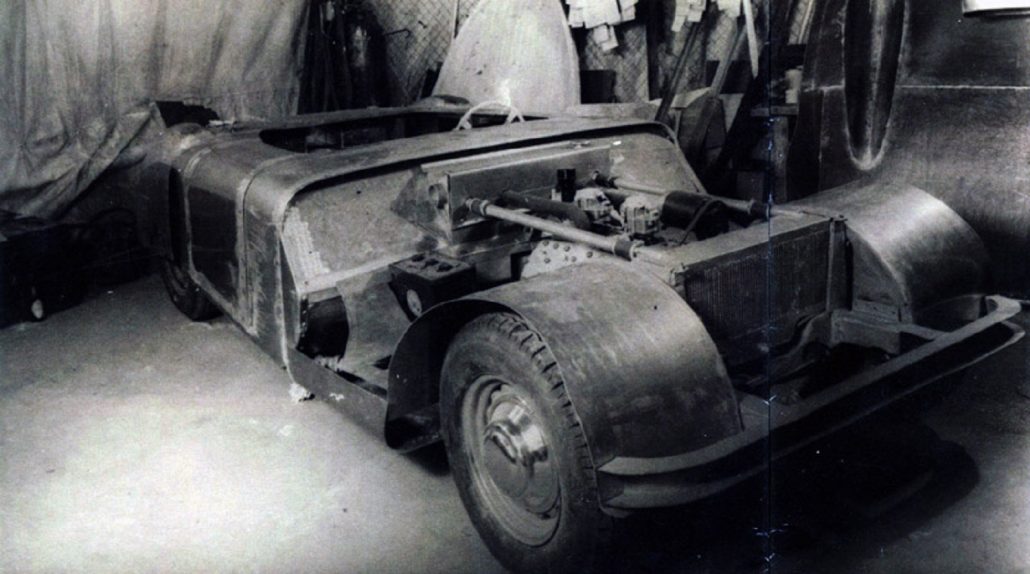
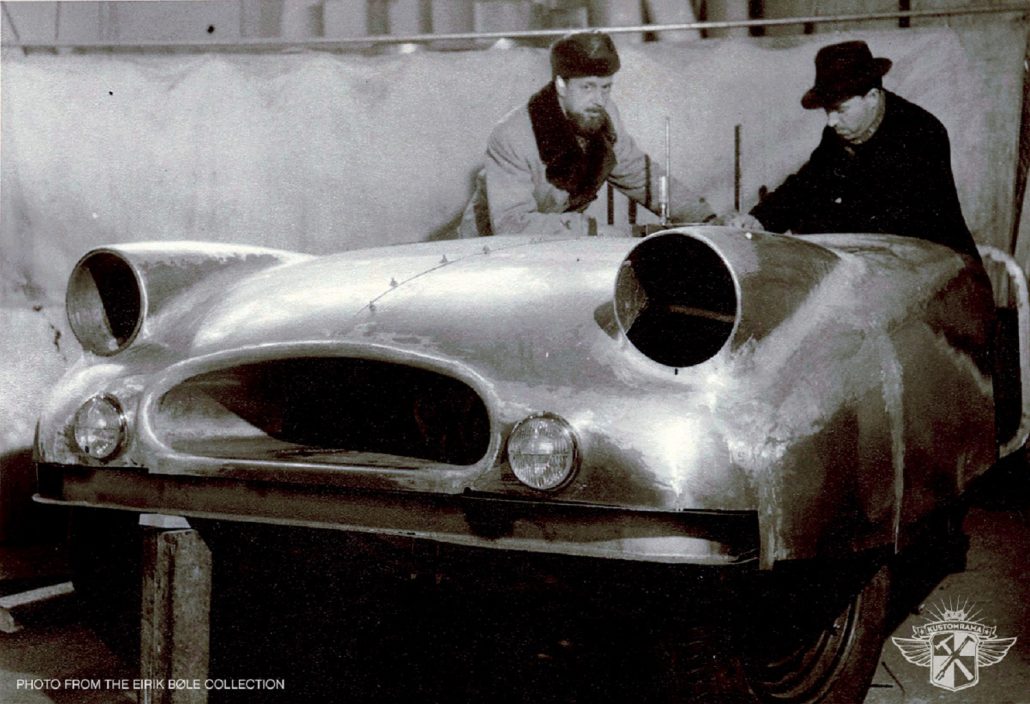
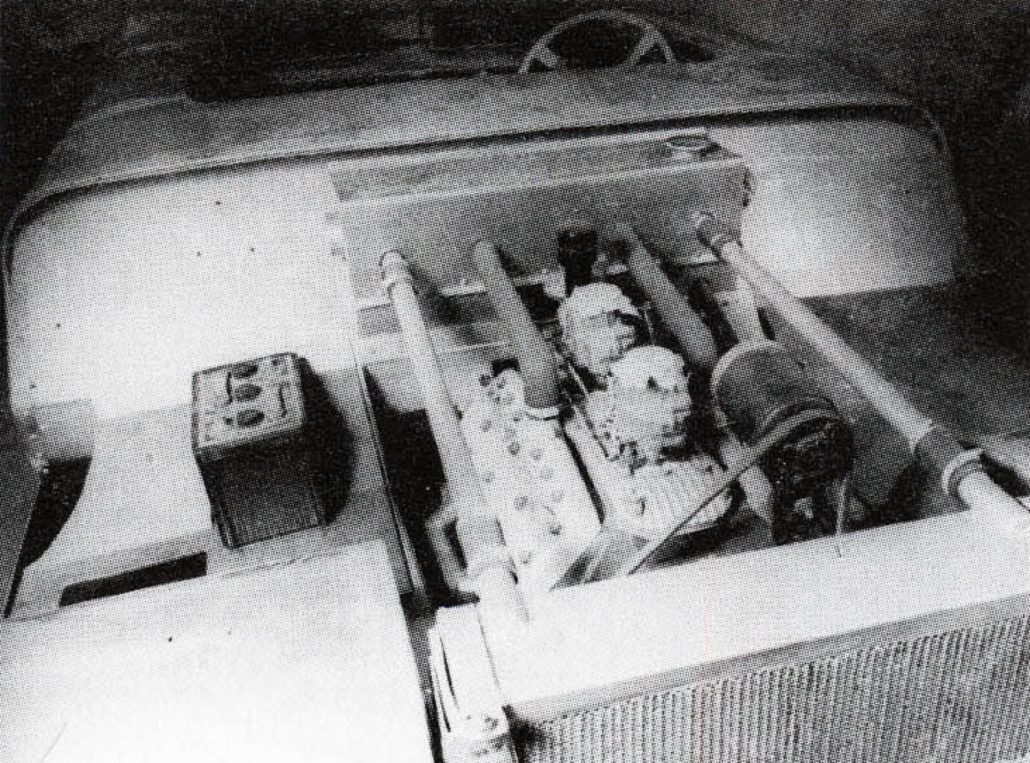
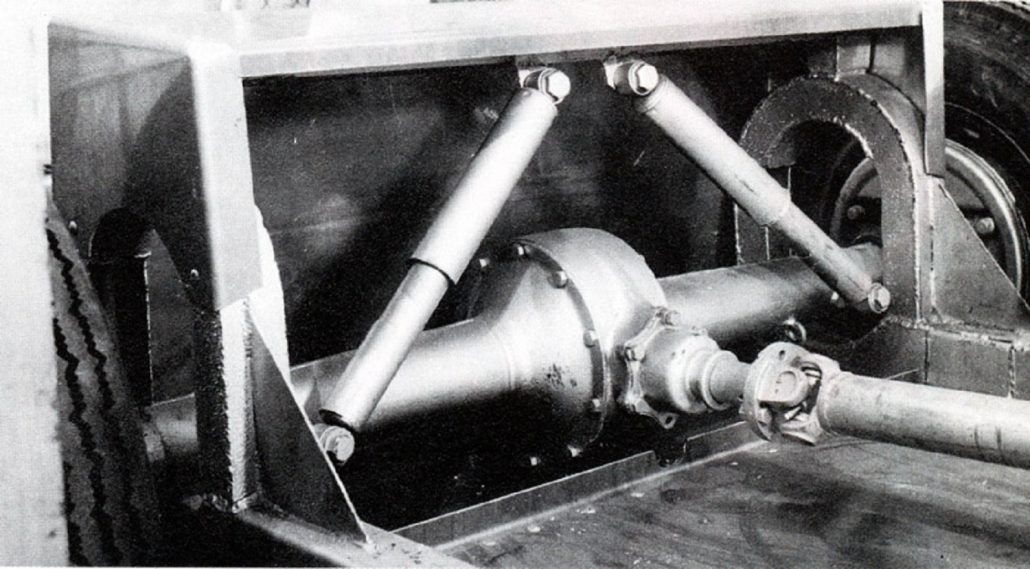
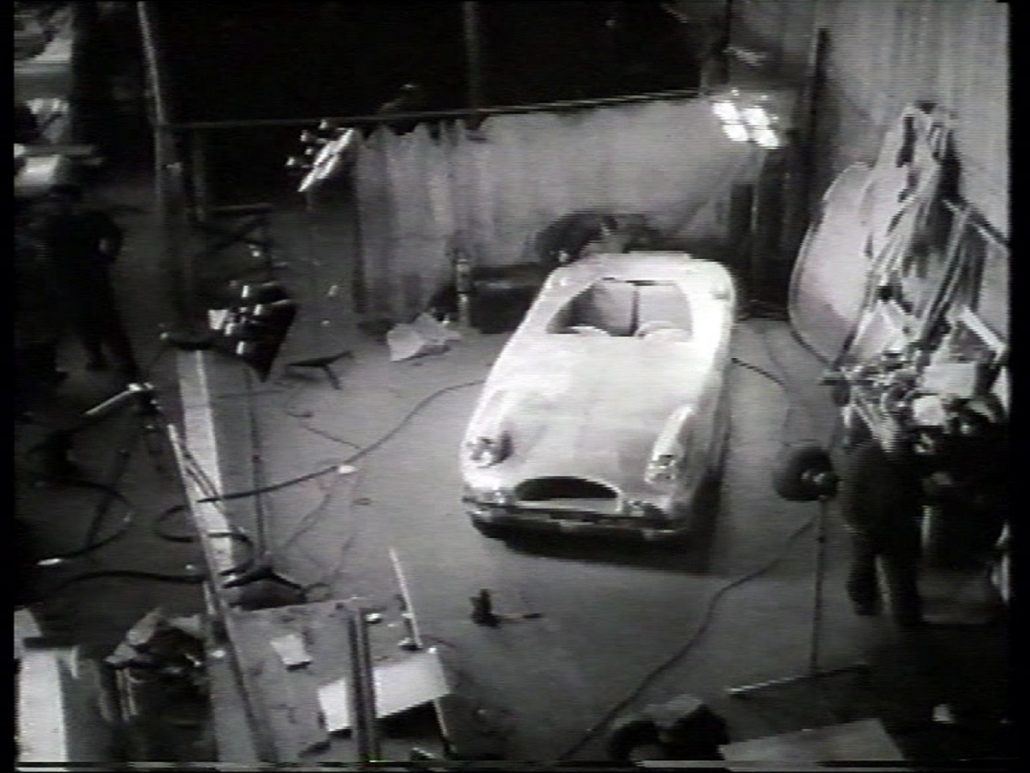
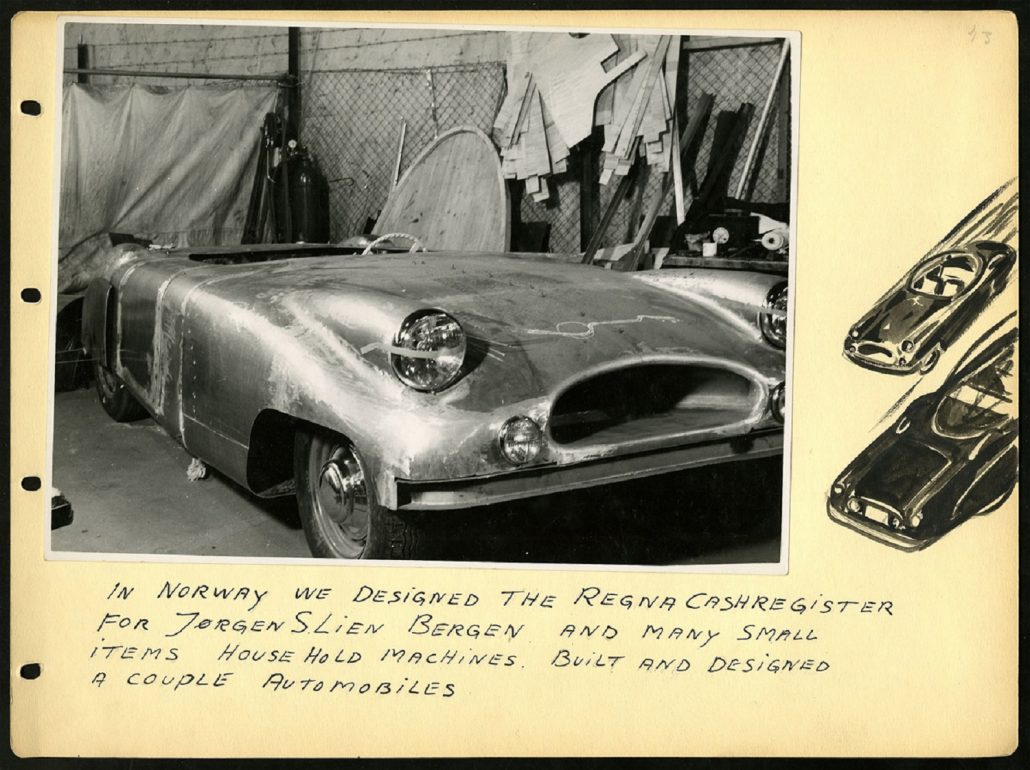
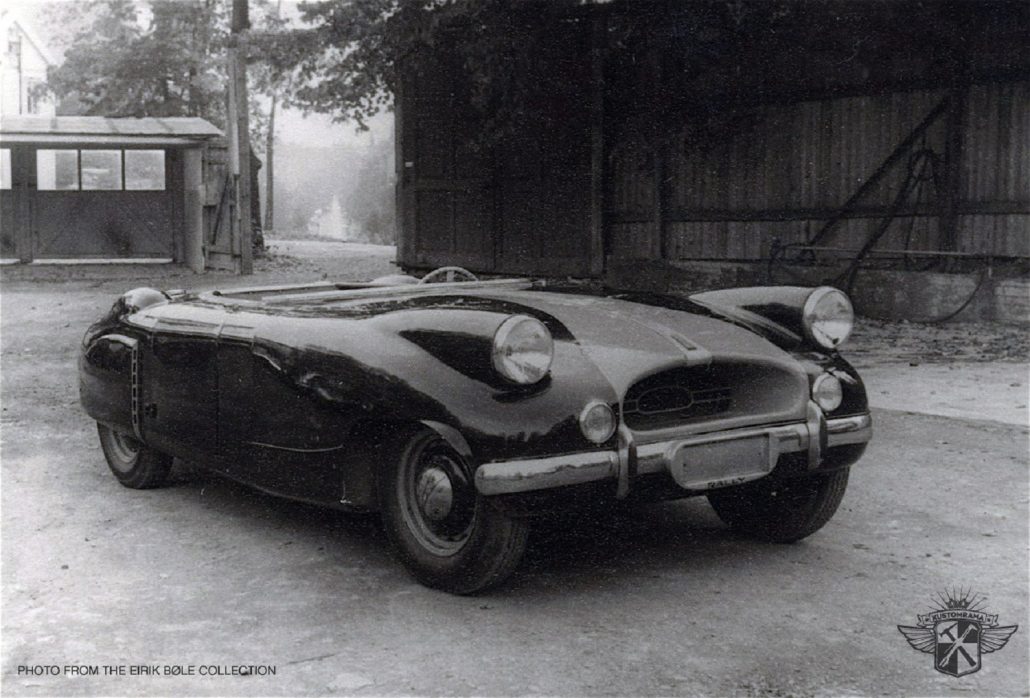
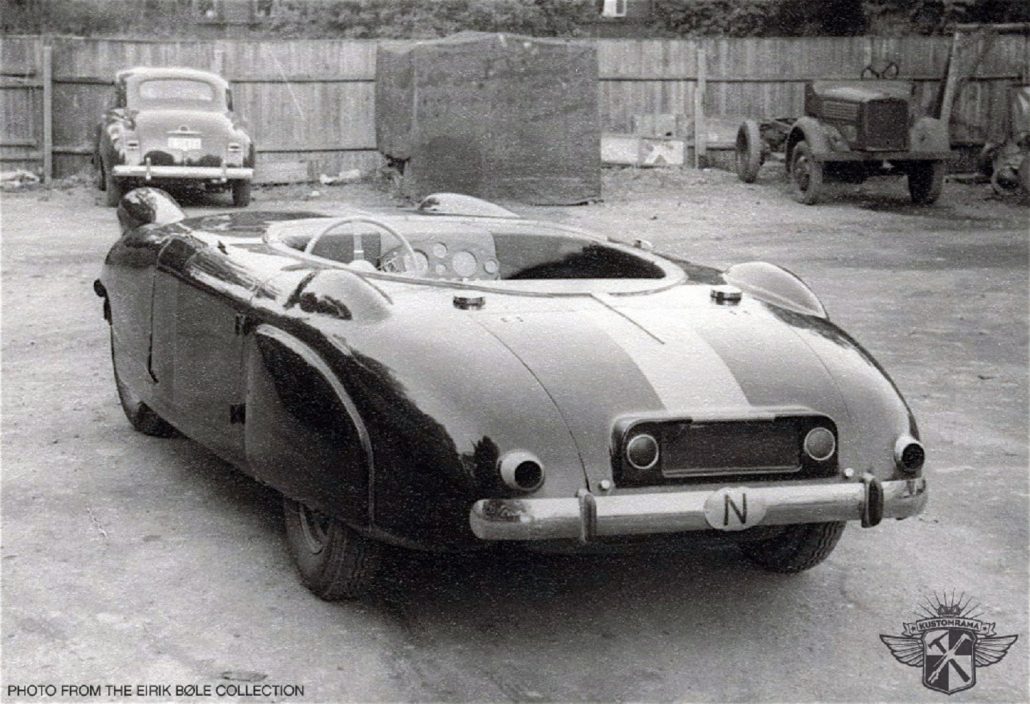
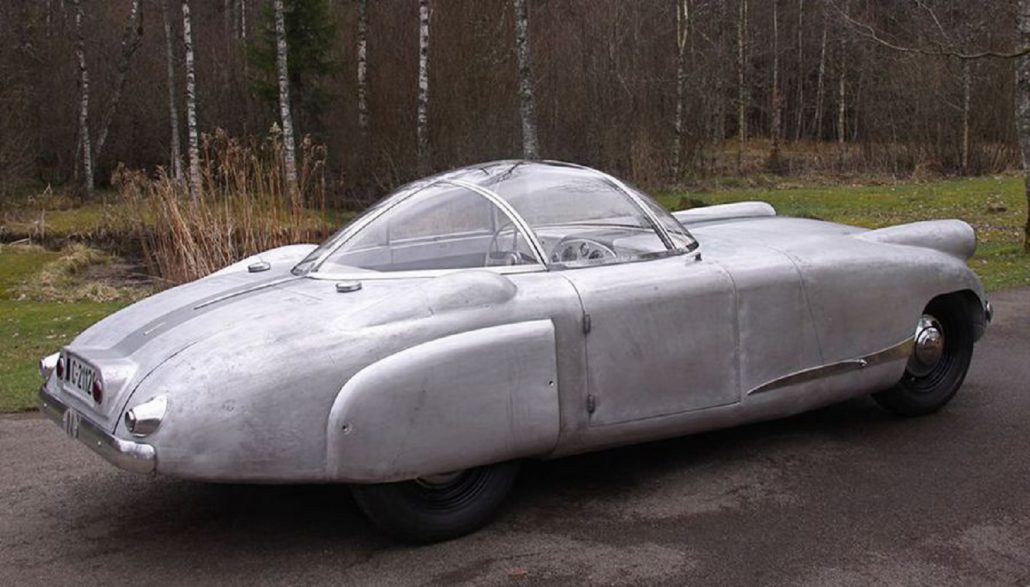
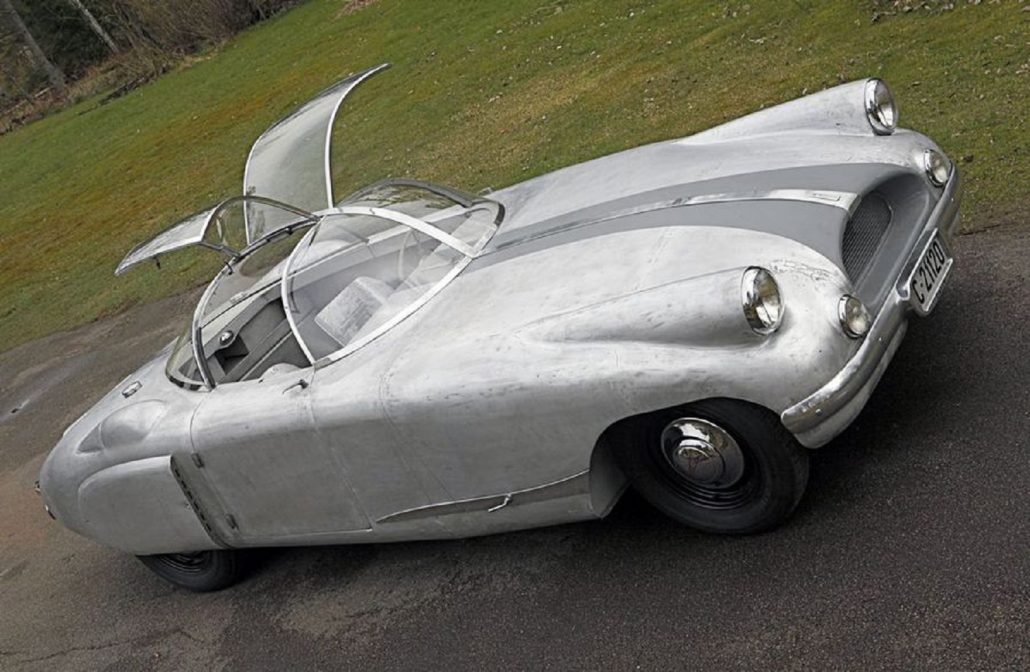
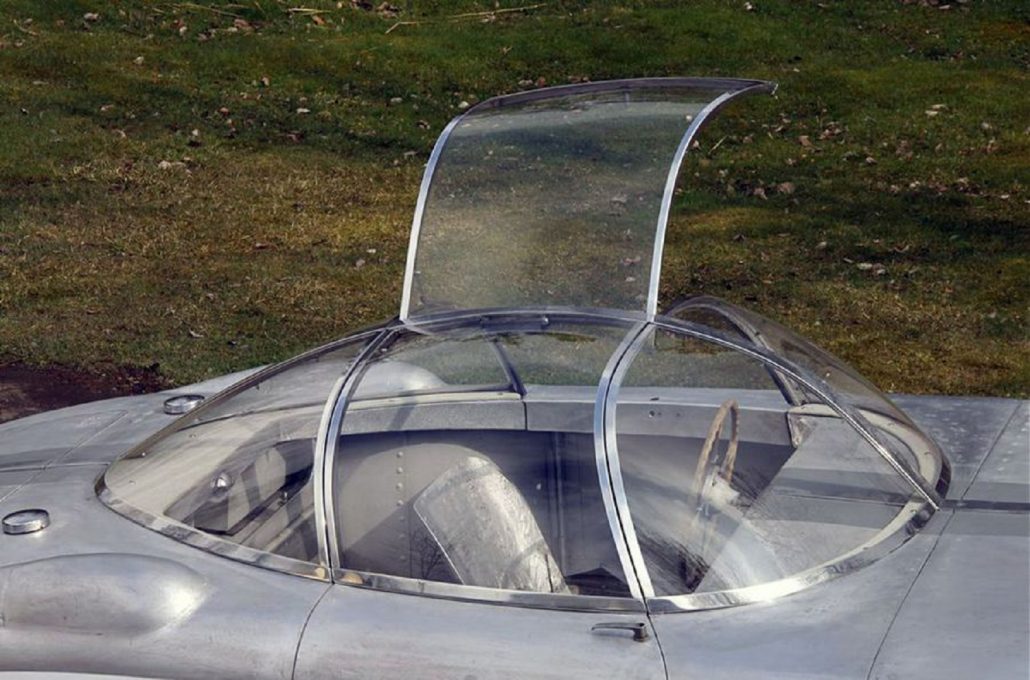
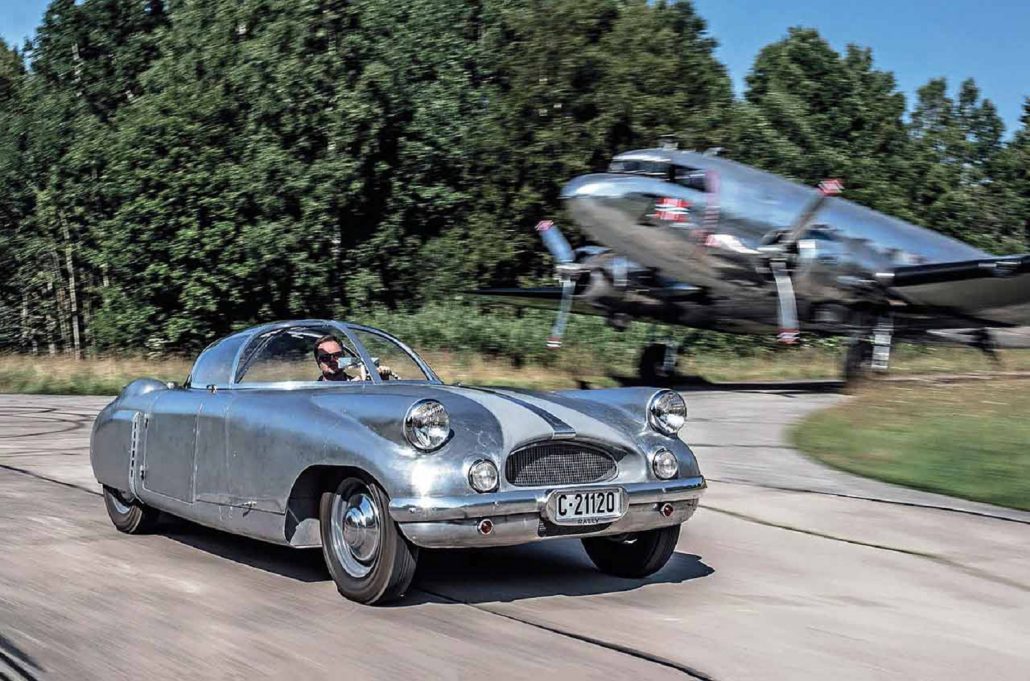
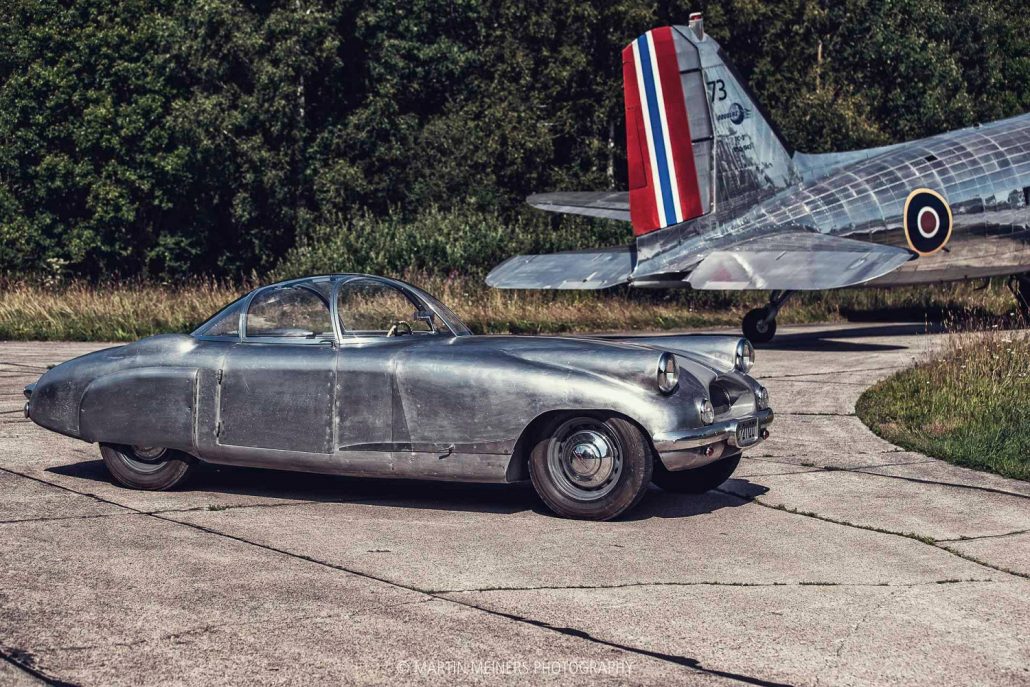
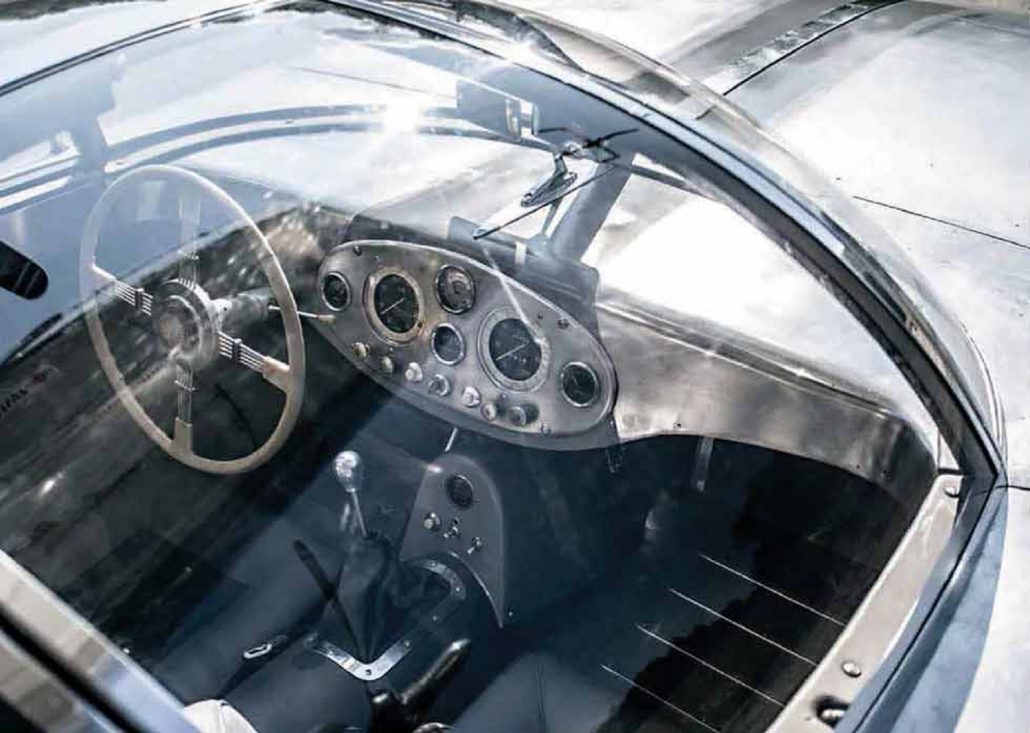

Terrific article. I’m betting that bubble top wouldn’t even be too big a problem in Norway’s climate, as long as you had your sunglasses and a good hat on!
With any amount of power that open shaft Ford truck rear axel [built from 1942 to 1947] would rip out of the car. I had one in a 1929 Olds powered Ford that got loose with 2 stock Ford V8 bars that bolted to the 2 lower brake mounting holes. I have seen hot rods where a fish plated was added to get to the third brake bolt.